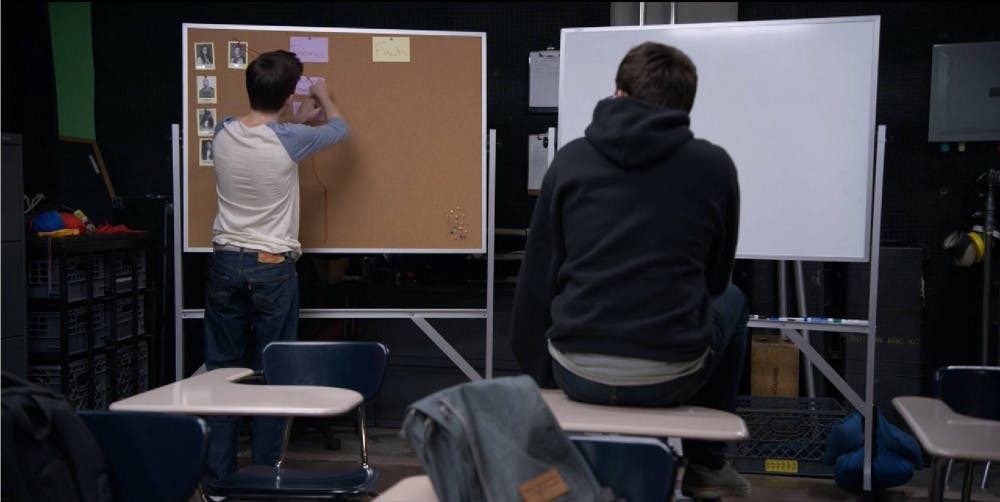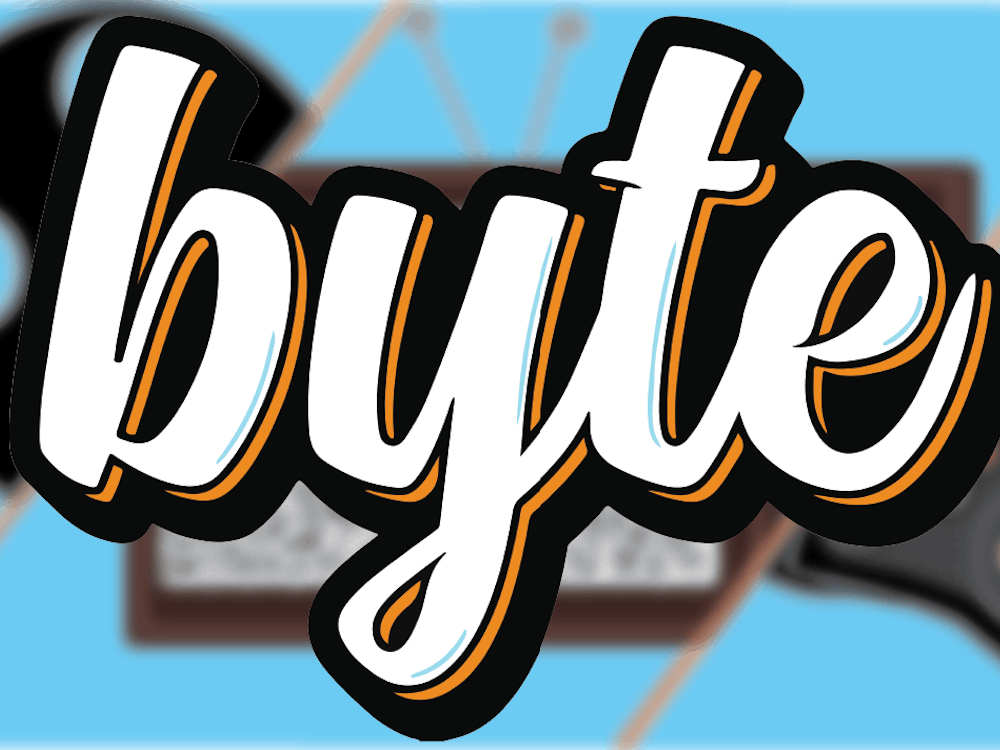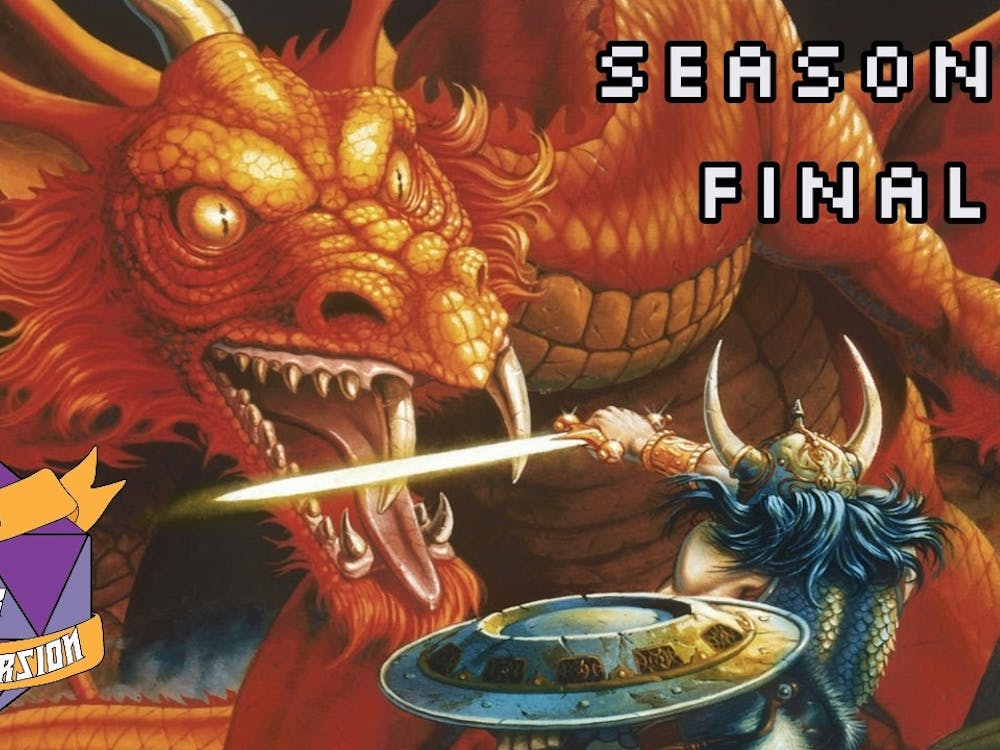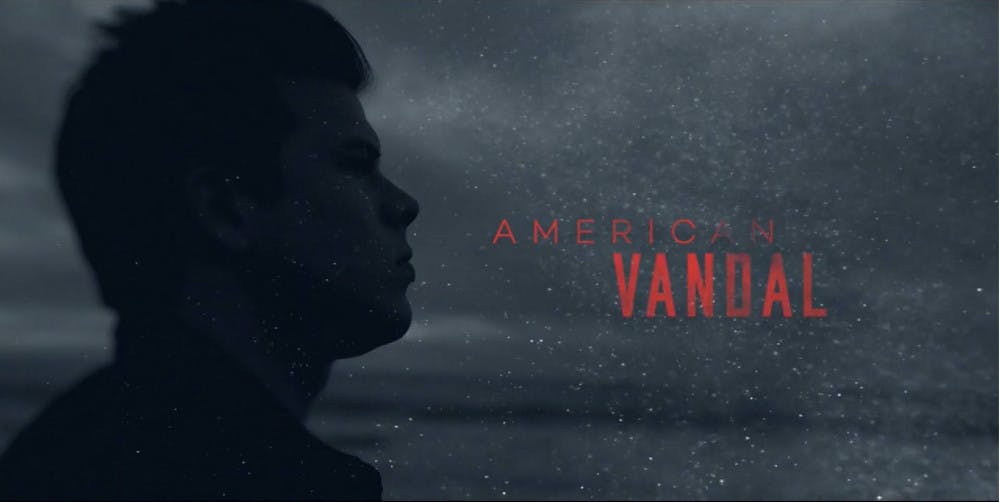by Jeremy Rogers The initial reveal trailer for Netflix’s American Vandal showed great production value along with cooperation from Cracked and Funny or Die contributors. It had the potential to be amazing or a gigantic dumpster fire of massive proportions. Could this satirical mockumentary spin a cohesive story while also finding interesting ways to make jokes about penises?
The long and short of it
The cars of 27 teachers and faculty members at Hanover High School in Oceanside, California were defaced with spray-painted depictions of male genitalia, and the security footage of the parking lot was deleted during the time of the offense. The administration’s prime suspect is senior Dylan Maxwell, a well-known prankster and illustrator of obscene male anatomy. The school board has provided a motive, a way of accessing the security footage, and a witness placing Dylan at the scene of the crime. Their main problem? Peter Maldonado, an amateur student filmmaker insistent on getting to the bottom of Dylan’s predicament and finding out who definitively defaced the vehicles.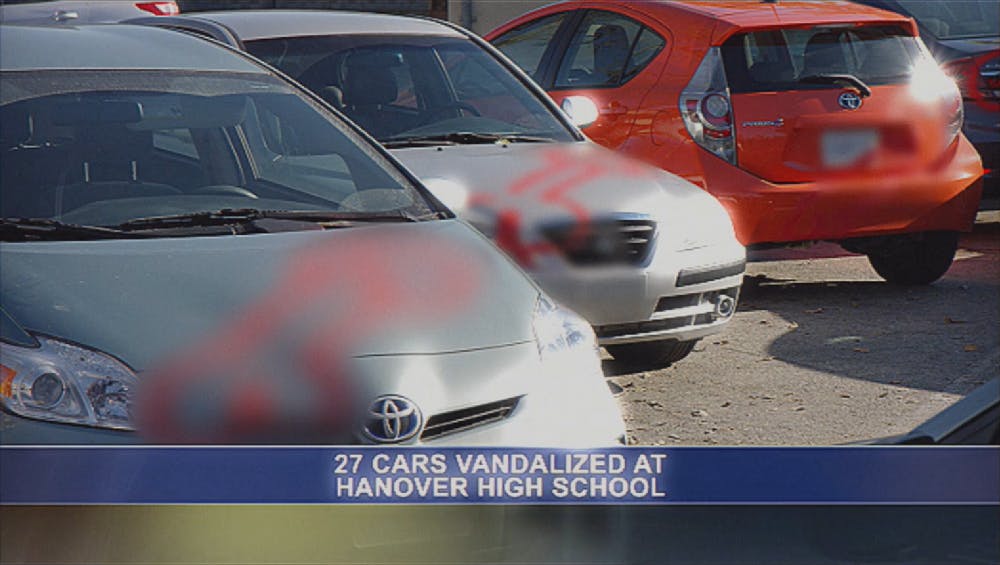
I watched for the story; I swear!
A mystery show, even one about defacement of this nature, is only as good as its central mystery. There is a bit of reality that needs to be eschewed to suspend disbelief, such as California’s two-party consent law (which mandates that the recorder and the person being recorded both have to consent to being filmed), but ultimately there is little needed to get engrossed into the mystery of who drew on the teacher’s cars. However, even though the show does a great job of setting up the mystery, it struggles to keep the consistency up towards the end. The actual mystery part of the show kind of just fizzles out by not providing a satisfying ending. Another factor that hinders the show is the logic of American Vandal. As the show comes to a close there are a few too many instances of logical leaps that are left unexplained. One repeated claim is that the school board’s case against Dylan in court is all based on circumstantial evidence, but they simultaneously state that the case against Dylan is strong. Other assumptions are made towards the end of the show that feel rushed and a bit too convenient. It is never enough to ruin the show, as the assumptions made are all reasonable; it just rankles that the alternative assumptions that audience members may have are never dismissed in a satisfactory fashion.The members of the show
What is a true crime/detective story without interesting, engaging characters? (Apparently, L.A. Noire.) Without a cast of sympathetic characters, detective stories would fall flat. Luckily American Vandal brings several great actors on to portray the characters. Jimmy Tatro does an amazing job portraying the prank master himself, Dylan Maxwell. The mannerisms of a dumb stoner who doesn’t take school seriously are brought to life in a sympathetic way that never feels like the portrayal strays too far into parody. Tyler Alvarez makes another great performance as documentarian Peter Maldonado. One scene that stood out was in an interview with Dylan’s girlfriend Mackenzie Wagner. As her character is pushed to her limit in a tense interview, actress Camille Ramsey seamlessly transitions from anger to tearful despair. It’s not often that such young actors are able to pull off crying on demand while making a convincing performance.